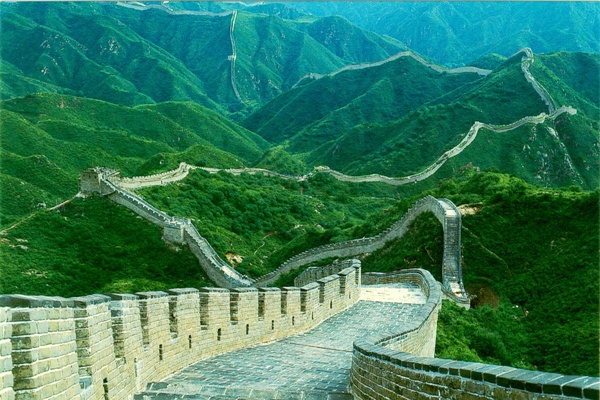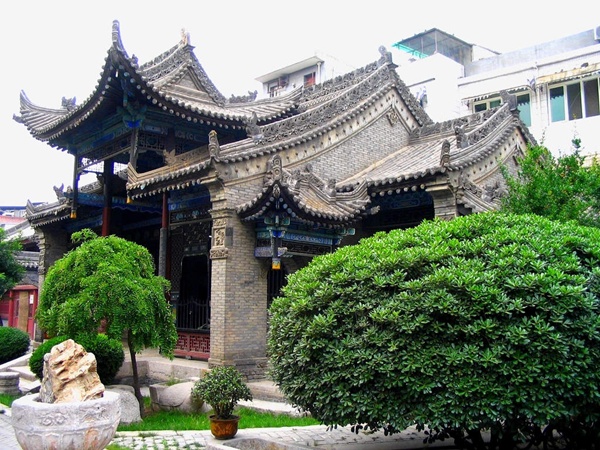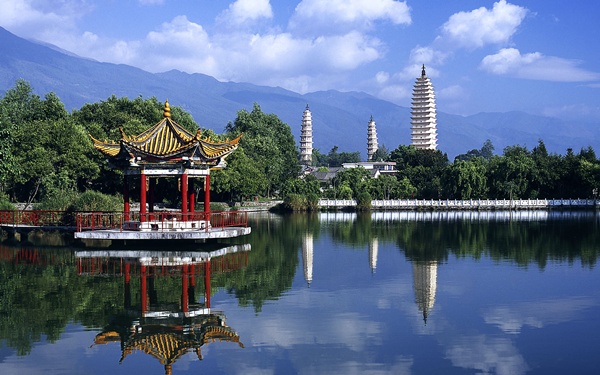China is one of the hottest leisure and business destinations at the moment.
As the interior of the country opens up, the more adventurous tourists are discovering its vast scale and the excitement of travelling to places few English speakers regularly go. Equally as the economy booms and more goods are sourced from China, travelling there on business is becoming the norm.
Planning a journey inside China away from the coastal regions around Beijing, Shanghai and Hong Kong is becoming commonplace.
For the tourist, some of the popular destinations include
– Yunnan province (capital Kunming), lush with mountainous forests bordering Vietnam, Laos and Burma
– Tibet (capital Lhasa), high in the Himalayas
– Xinjiang province (capital Urumqi), vast deserts that form the north west frontier and take the Silk Road towards Kazakhstan and Russia
Business people are also venturing inland having found that China’s coastal provinces are increasingly expensive and crowded.
Getting to China
Wherever you come from, your flights are likely to take you to one of China’s main cities
– Beijing, the capital in the north east
– Shanghai, the country’s commercial hub on the eastern coast
– Hong Kong, the former British colony in the south
– Guangzhou or Shenzhen in Guangdong province bordering Hong Kong
From London for example, you have quite a few direct flight options
– British Airways to Hong Kong, Beijing or Shanghai
– Virgin Atlantic to Hong Kong or Shanghai
– Air China to Beijing or Shanghai
– China Eastern to Shanghai
Daily direct flights are also available from Paris, Amsterdam, Frankfurt, Los Angeles, Sydney and Melbourne.
Planning your trip beyond your port of entry then becomes slightly more complicated. There are 160 cities with a population of over 1 million all with airports as well as metropolises such as Guangzhou-Shenzhen with 42 million people and numerous airports and major railway stations.
To keep things relatively simple, it is recommended that you limit your travel choices to air and high-speed rail until you have gained more first hand familiarity with the country.
Getting around China by Air
Most of China’s airlines are government owned. While there is little open competition on price you should have no causes for safety concerns as all adhere to strict international standards.
The top four Chinese networks are Air China, China Southern Airlines, China Eastern Airlines and Hainan Airlines.
There is little to choose between these operators in terms of price and service. On the key Beijing to Shanghai route for example, all operate frequent flights and typically charge the same price to the dollar. You will inevitably end up choosing between them on route, availability and possibly which frequent flyer network they belong to.
In addition, there is the Hong Kong based carrier Dragon Air and the low-cost airline Spring.
Air China is a member of the Star Alliance network with international hubs in Beijing and Shanghai-Pudong and domestic hubs in Shanghai –Hongqiao, Chengdu, Guangzhou and Shenzhen.
China Southern is part of Air France’s Skyteam alliance. It is based in Guangzhou and flies to 150 internal destinations as well as having international flights from Paris, Amsterdam, Melbourne, Sydney and LA.
China Eastern is also part of Skyteam but has codeshares with the major OneWorld carriers including American Airlines, British Airways, Qantas and Cathay Pacific.
Hainan is the only major network that is not government owned. It has good connections with hubs in Beijing, Haikou, Xi’an, Taiyuan, Urumqi in Xinjiang province, Guangzhou, Lanzhou, Dalian and Shenzhen. It flies direct into China from Brussels.
Dragon Air is owned by Cathay Pacific and is an affiliate of the OneWorld alliance. It reaches 17 destinations in China from Hong Kong as well various cities in Vietnam, Thailand and the Philippines.
Spring Airlines is the largest low-cost operator in China with hubs in Shanghai-Hongqiao and Beijing-Catipal and some flights to Japan, Hong Kong and Macau. It follows the familiar model set in America and Europe by Southwest, Ryanair and Easyjet and is one place where you will find more competitively priced fares.
Tickets for Spring Airlines must be purchased through its website, china-sss.com, but tickets for all the others are available through all the normal channels.
Getting around China by High Speed Rail
China now boasts one of the most extensive high-speed rail networks in the world. Around 10,000km of lines are now open and running at 200km/h (125 mph) or faster, with an estimated 15,000km under construction.
While that expansion has had some high profile problems, such as a series of safety incidents in 2011, the authorities have worked hard to get the standards and the expansion program back on track.
The result is that you can travel between most of the major cities, relatively quickly and cheaply. For example, Beijing to Shanghai in under 5½ hours for around RMB 150 (USD 24) first class.
The main gap in the network is between Hong Kong and the mainland. The link between Guangzhou and Shenzhen was opened in December 2011, but the extension across the border and through the mountainous and highly urban environment of Hong Kong will take a few more years to complete. The current alternative is the old Kowloon-Canton railway which is quite slow.
There are two main problems however with high speed rail travel in China. The first is getting your hands on a ticket, the second is getting to the station.
Until recently tickets were only sold over the counter and while you could book through an online agent, the agent still had to send someone to queue on your behalf. China Rail launched an online ticket site in January 2012 but it has had many teething troubles. It is therefore essential that you book your rail tickets in advance and make sure you have them in your hand before setting off for the station.
Getting to the station may also be a challenge. The high-speed network has been built from scratch and the new stations are generally not in the old urban centres but several miles out. In this respect however they are no different to an airport.
In many ways travelling internally in China need be no different to travelling around Europe. While language can be more of a problem, the travel networks should not be viewed as any less sophisticated than back home.



![289_4_china_japon[1]](https://www.holidaystips.net/wp-content/uploads/2012/04/289_4_china_japon1.jpg)









